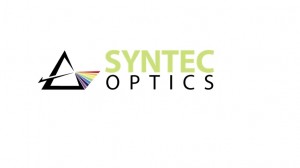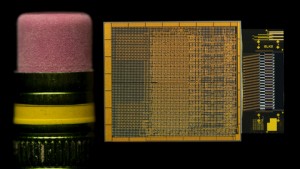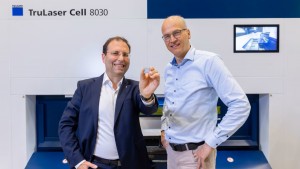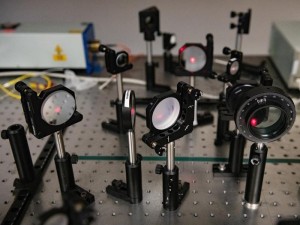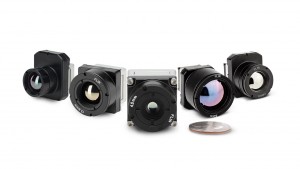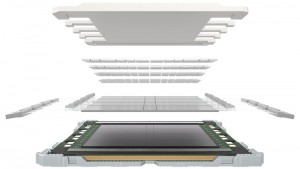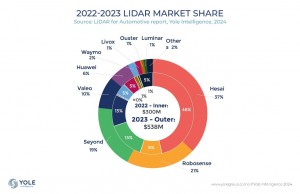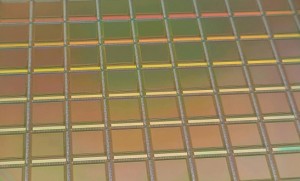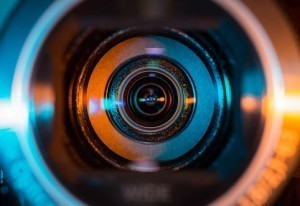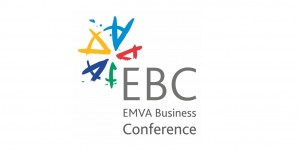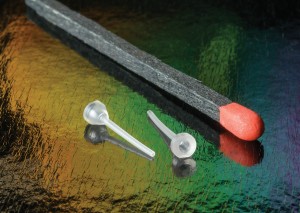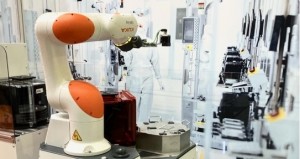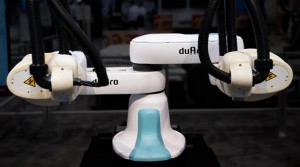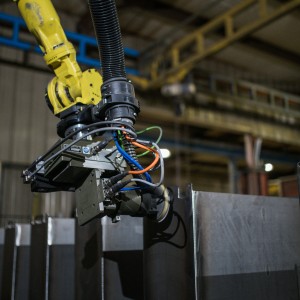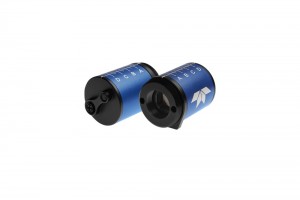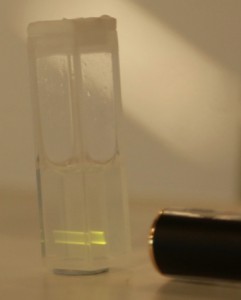
Researchers at The Hong Kong Polytechnic University (PolyU) have developed a nano-biosensor that rapidly detects the influenza and other viruses with an optical method called upconversion luminescence resonance energy transfer (LRET). The relatively simple, ultrasensitive process detects viruses in 2–3 hours, versus 1–3 days with traditional clinical methods and is also about 80% cheaper.
PolyU's new upconversion nanoparticle biosensor is based on a luminescent technique that involves upconversion nanoparticles (UCNPs) conjugated with a probe oligo whose DNA base pairs are complementary with that of the gold nanoparticles (AuNPs) flu virus oligo. The complimentary DNA base pairs work like magnets attracted to each other, so the upconversion nanoparticle will be situated closely to the gold nanoparticle. The process is called oligo hybridization. Illuminated by a portable near-infrared (980 or 808 nm) laser pen, the UCNPs emit visible green light (540 nm) while the gold nanoparticles absorb the green light. Therefore, the existence and the concentration of the targeted flu virus can be quantified by measuring the decrease in the green light intensity.
“The nano biosensor is composed of upconversion nanoparticles and gold nanoparticles in a nanoporous alumina membrane,” explains Jianhua Hao in PolyU's Department of Applied Physics. “The nanoporous membrane belongs to a porous material, which consists of small hollow channels. Those hollow channels can accommodate the two types of nanoparticles.”
First research group to apply LRET mechanism for virus detection
Hao notes that the LRET mechanism is a well-known physical phenomena involving absorption of light from a luminescent particle and a light absorber. However, “We are the first research group who applies this mechanism on the detection of virus oligo on the nanoporous membrane,” the researcher says. The NAAO membrane consists of many hollow channels, allowing more space for oligo hybridization, increasing sensitivity tenfold, which is on par with traditional clinical methods. “In addition, this detection platform can be generalized for detection of other types of viruses by simply modifying the probe oligo.”
Key advantages of the nano-biosensor include that the method is low cost, rapid, simple and ultrasensitive. “The amount of nanoparticles in the biosensors is very small and the main cost comes from the nanoporous membrane,” Hao says. By comparison, traditional techniques, such as enzyme-linked immounsorbent assay (ELISA) and reverse transcription polymerase chain reaction (RT-PCR), are relatively expensive because they require high quality samples and thermocyclers. “The cost of our design is much cheaper compared to those techniques,” Hao says. “Moreover, our detection requires only 2–3 hours for oligo hybridization, then the readout process can be done by using a portable infrared laser pointer. The sensitivity is also higher than that of ELISA.”
Optimization and commercialization
Hao says the current design is based on observing the decrease in luminescent intensity to determine the existence of viruses, which may pose difficulties in the readout process because of reduced luminescent intensity. “In the future, we are planning to make a biosensor based on observing the increase in luminescent intensity for existence of target viruses, i.e., when there is no virus in the sample, no green light will be observed when there is near infrared laser excitation. Adversely, green emission will be observed when there is virus in the sample. In addition, we will fabricate an array for detecting different types of viruses simultaneously.”
Mapping out a path to market, Hao’s team has asked local hospitals to supply clinical samples of viruses, and they aim to test multiple types of clinical virus samples to gather statistical information for data, such as specificity and sensitivity. “This is because the users and commercial field is particularly interested in this data,” he says. “Moreover, a readout system is needed to simplify the detection process in a user point of view. It is expected that a test system with the developed nano biosensor can be commercialized in the future.”
Written by Sandra Henderson, Research Editor, Novus Light Technologies Today





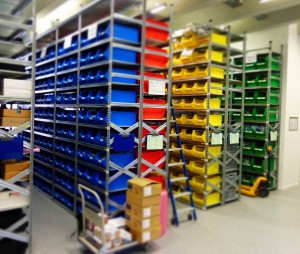



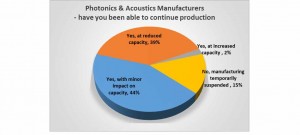
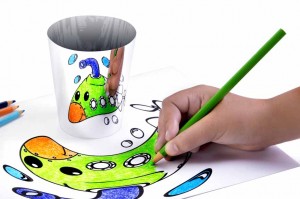





















 Back to Features
Back to Features













